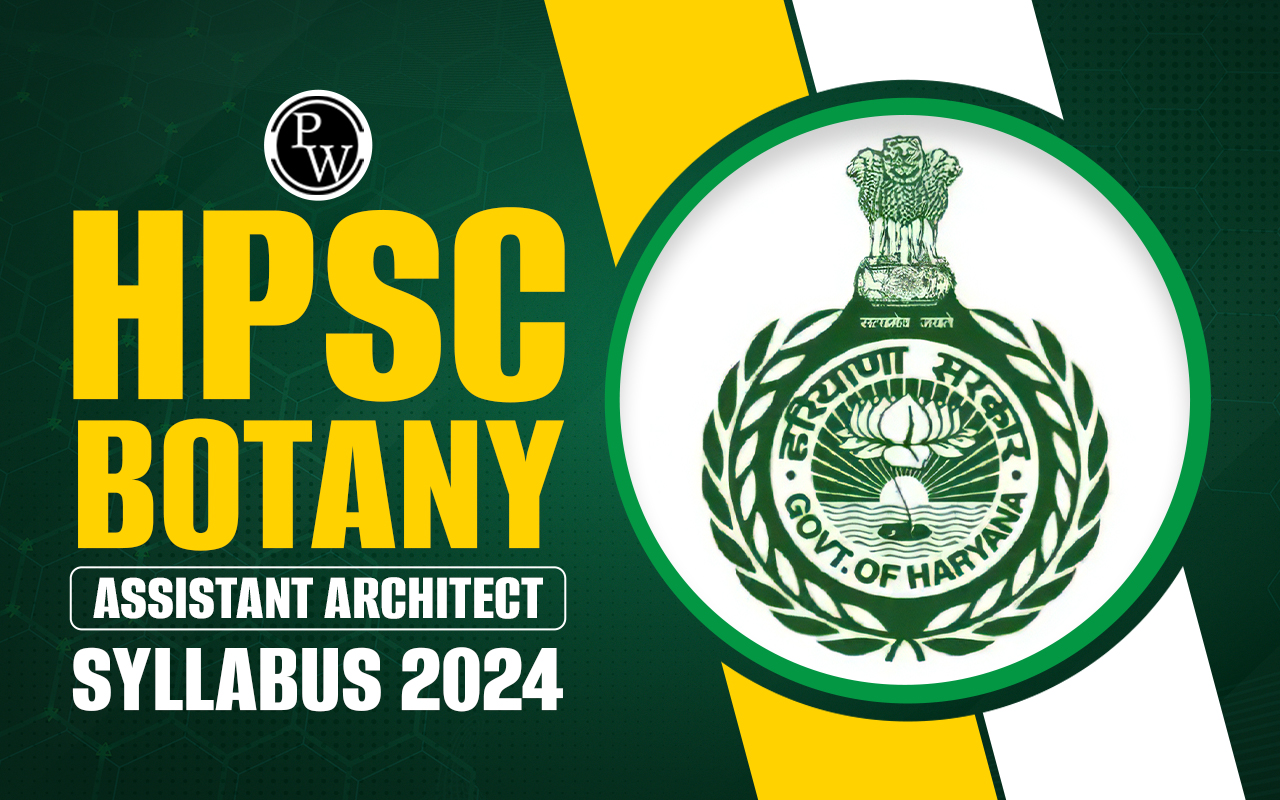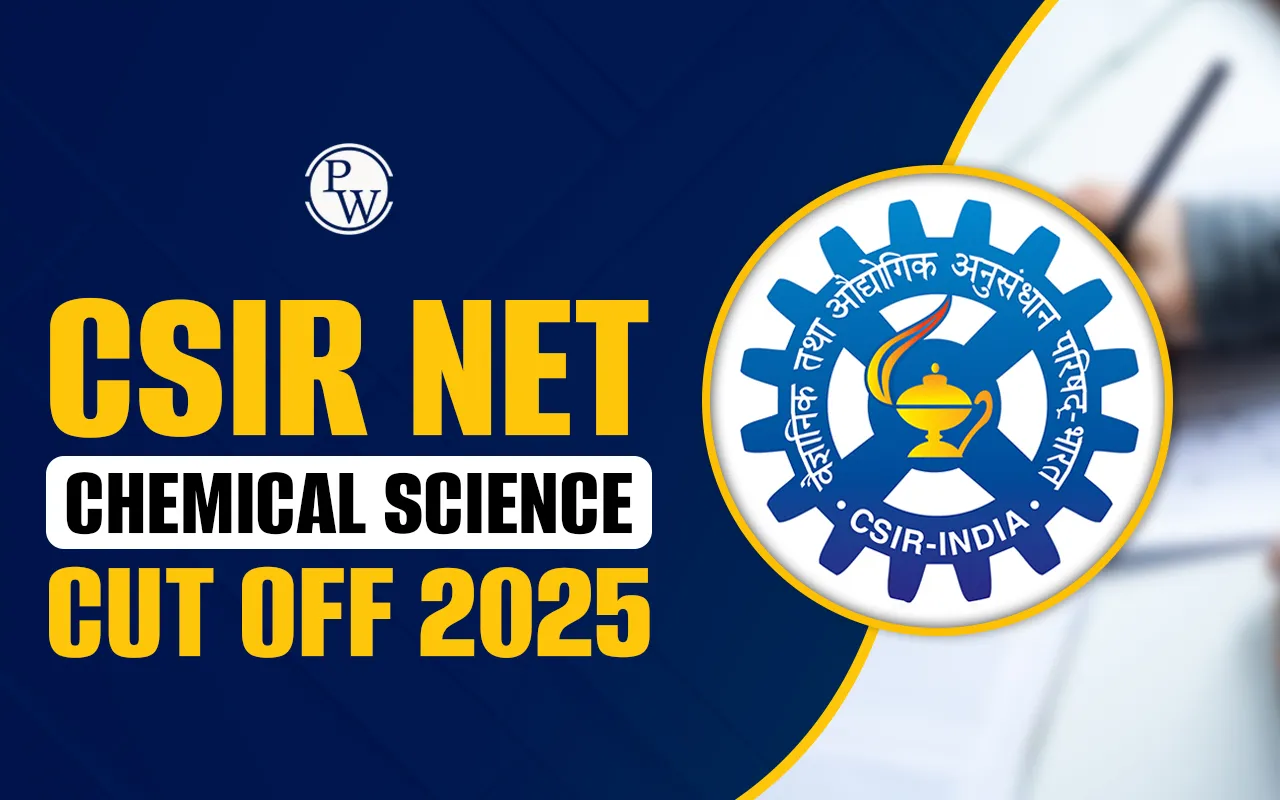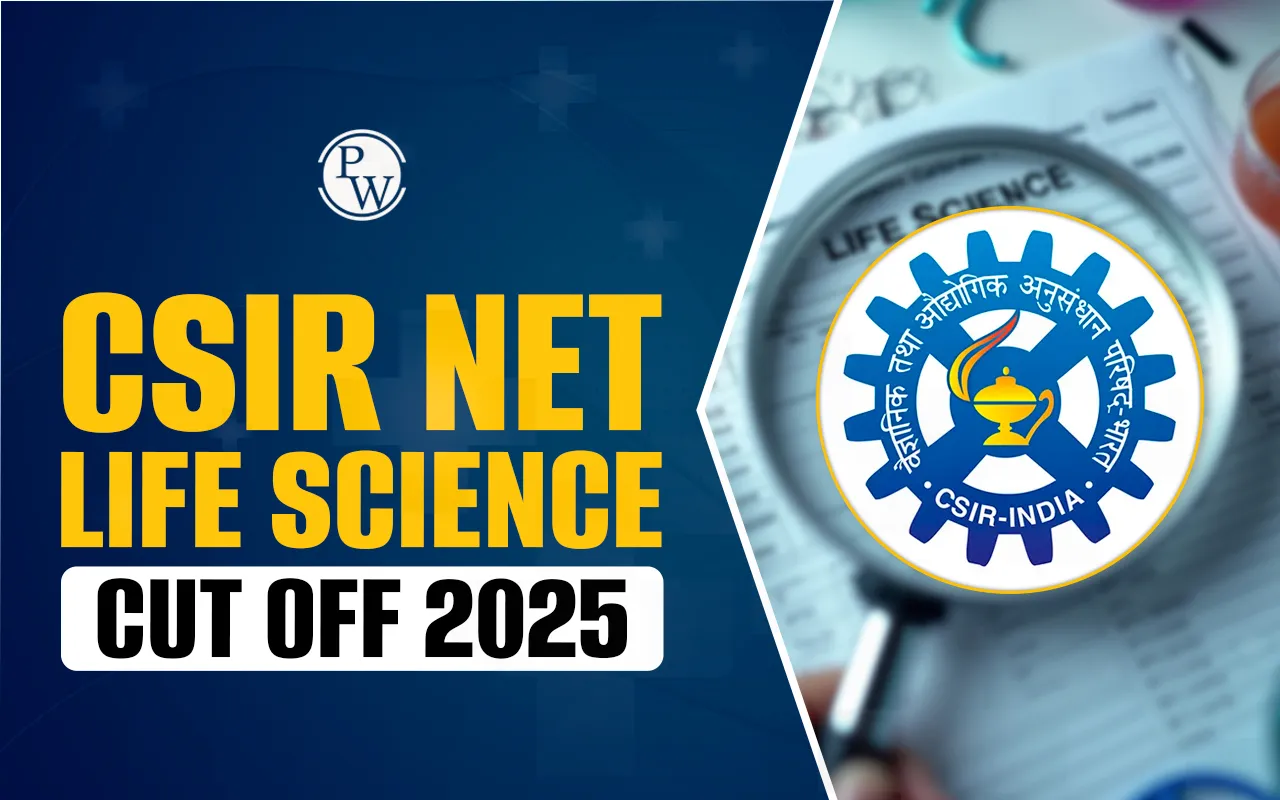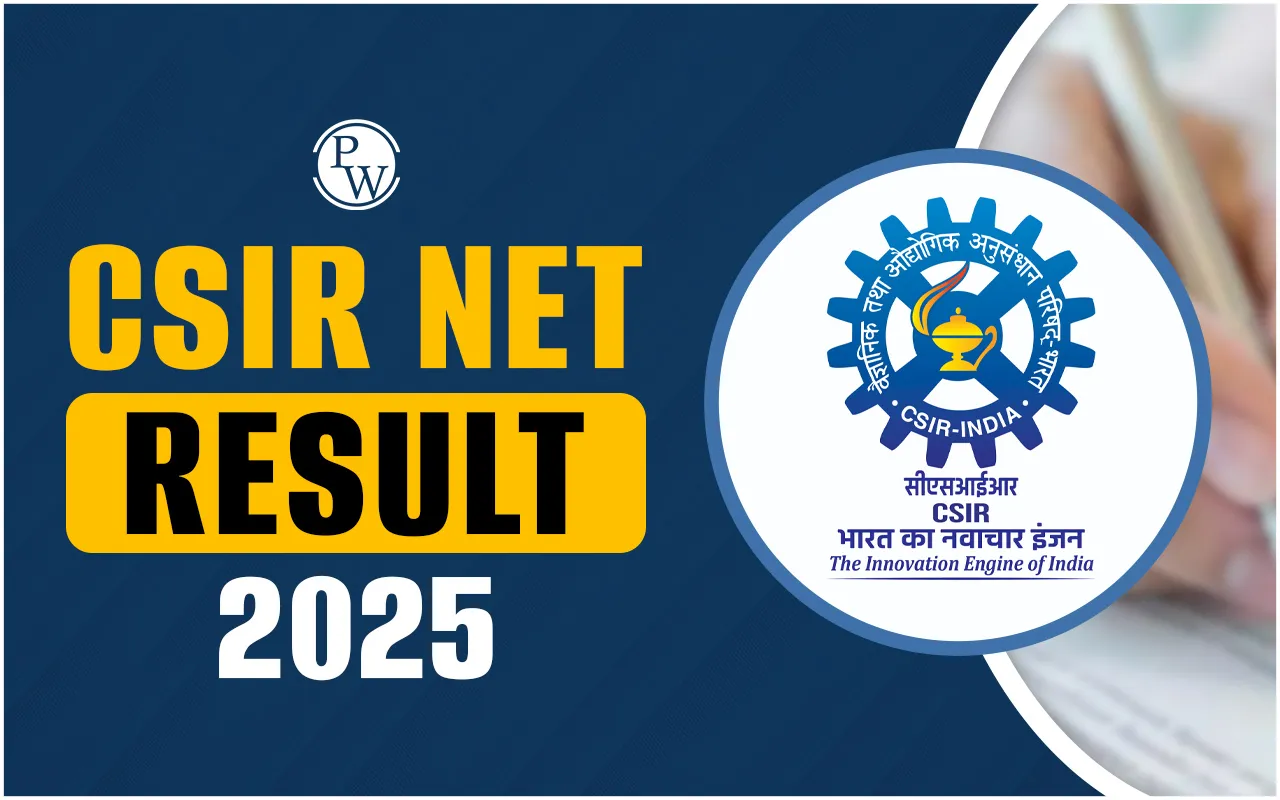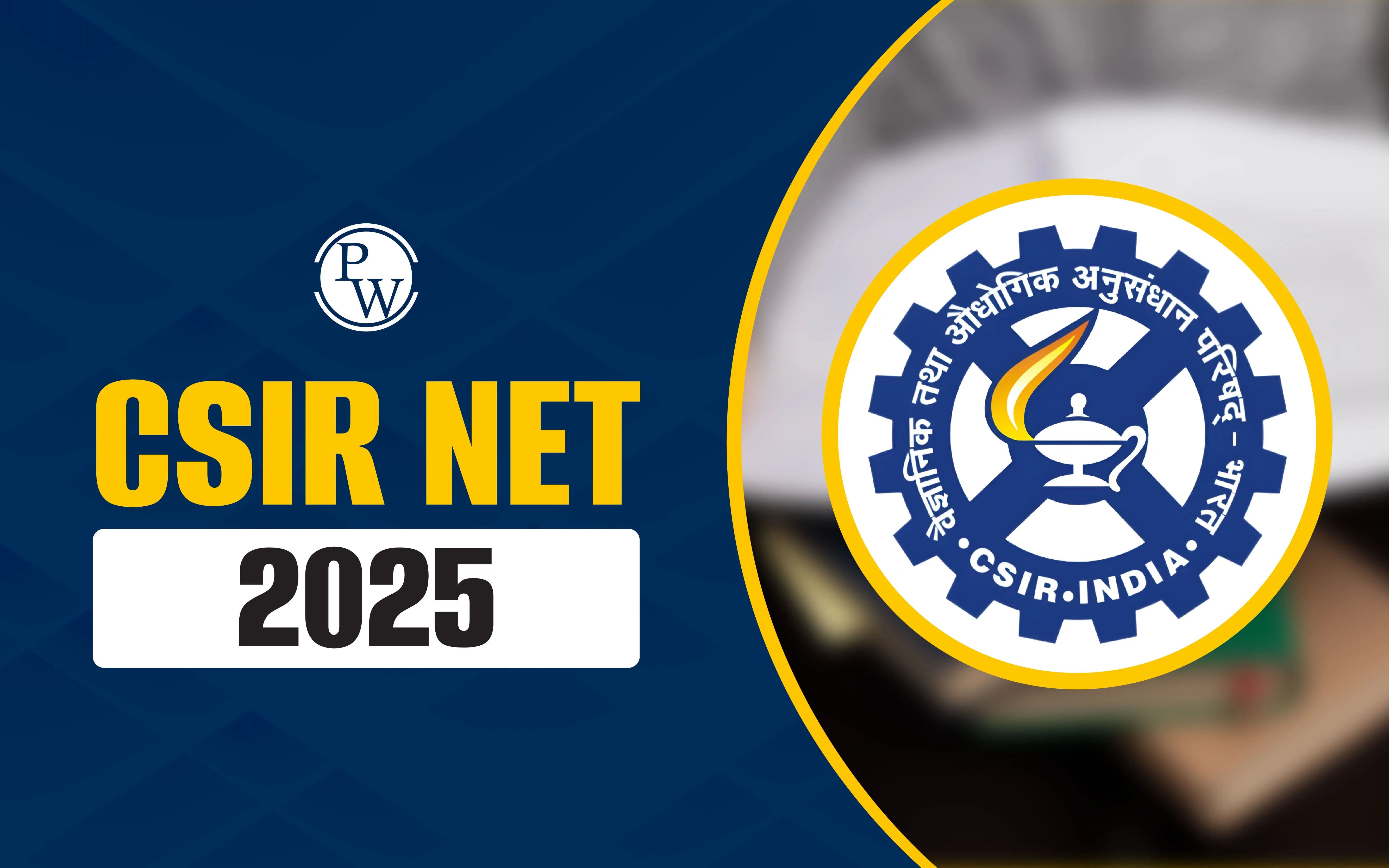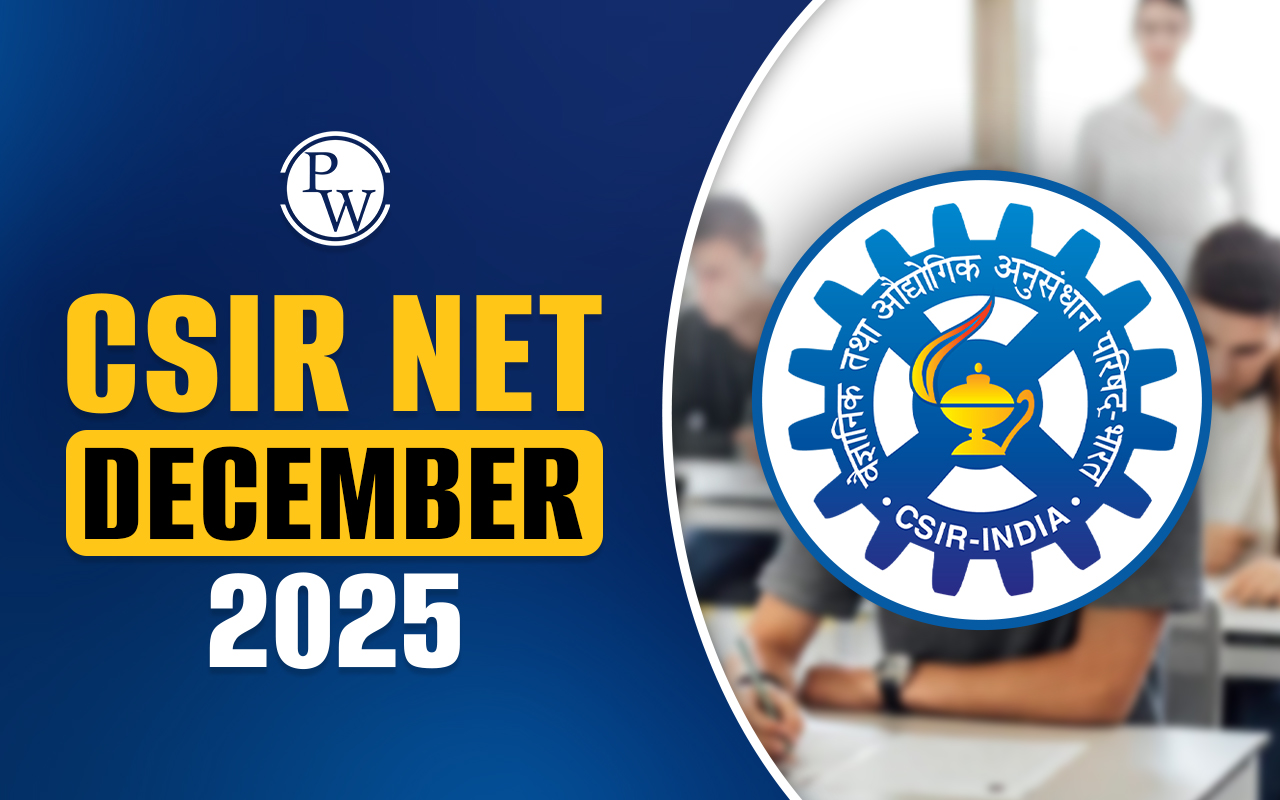|
HPSC Botany Assistant Professor Syllabus 2024
|
|
Topics
|
Sub Topics
|
|
Cellular Organization
|
A. Membrane structure and function:
Structure of model membrane, lipid bilayer and membrane protein diffusion, osmosis, ion channels, active transport, ion pumps, mechanism of sorting and regulation of intracellular transport, electrical properties of membranes.
B. Structural organization and function of intracellular organelles:
Cell wall, nucleus, mitochondria, Golgi bodies, lysosomes, endoplasmic reticulum, peroxisomes, plastids, vacuoles, chloroplast, structure & function of cytoskeleton and its role in motility.
C. Organization of genes and chromosomes:
Operon, interrupted genes, gene families, structure of chromatin and chromosomes, unique and repetitive DNA, heterochromatin, euchromatin, transposons.
D. Cell division and cell cycle:
Mitosis and meiosis, their regulation, steps in cell cycle, and control of cell cycle.
|
|
Fundamental Processes
|
A. DNA replication, repair and recombination
: Unit of replication, enzymes involved, replication origin and replication fork, fidelity of replication, extrachromosomal replicons, DNA damage and repair mechanisms.
B. RNA synthesis and processing:
Transcription factors and machinery, formation of initiation complex, transcription activators and repressors, RNA polymerases, capping, elongation and termination, RNA processing, RNA editing, splicing, polyadenylation, structure and function of different types of RNA, RNA transport.
C. Protein synthesis and processing:
Ribosome, formation of initiation complex, initiation factors and their regulation, elongation and elongation factors, termination, genetic code, aminoacylation of tRNA, tRNA-identity, aminoacyl tRNA synthetase, translational proofreading, translational inhibitors, post- translational modification of proteins.
D. Control of gene expression at transcription and translation level:
Regulation of phages, viruses, prokaryotic and eukaryotic gene expression, role of chromatin in regulating gene expression and gene silencing.
|
|
System Physiology - Plant
|
A. Photosynthesis:
Light harvesting complexes; mechanisms of electron transport; photophosphorylation; CO2 fixation-C 3 , C 4 and CAM pathways.
B. Respiration and photorespiration:
Citric acid cycle; plant mitochondrial electron transport and ATP synthesis; alternate oxidase; photorespiratory pathway.
C. Nitrogen metabolism
: Nitrate and ammonium assimilation; amino acid biosynthesis.
D. Plant hormones:
Biosynthesis, storage, breakdown and transport; physiological effects and mechanisms of action.
E. Sensory photobiology:
Structure, function and mechanisms of action of phytochromes, cryptochromes and phototropins; stomatal movement; photoperiodism and biological clocks.
F. Solute transport and photoassimilate translocation:
Uptake, transport and translocation of water, ions, solutes and macromolecules from soil, through cells, across membranes, through xylem and phloem; transpiration; mechanisms of loading and unloading of photoassimilates.
G. Seed biology:
Germination and dormancy of seeds factors affecting and its regulation by plant growth regulators and environmental factors.
H. Stress physiology:
Responses of plants to biotic (pathogen and insects) and abiotic (water, temperature and salt) stresses; mechanisms of resistance to biotic stress and tolerance to abiotic stress
I. Senescence and Abscission:
Changes associated with senescence and abscission; their regulation by plant growth regulators. Programmed cell death.
|
|
Inheritance Biology
|
A. Mendelian principles:
Dominance, segregation, independent assortment, deviation from Mendelian inheritance.
B. Concept of gene:
Allele, multiple alleles, pseudoallele, complementation tests.
C. Extensions of Mendelian principles:
Codominance, incomplete dominance, gene interactions, pleiotropy, genomic imprinting, penetrance and expressivity, phenocopy, linkage and crossing over, sex linkage, sex limited and sex influenced characters.
D. Gene mapping methods:
Linkage maps, tetrad analysis, mapping with molecular markers, mapping by using somatic cell hybrids, development of mapping population in plants.
E. Extra chromosomal inheritance:
Inheritance of mitochondrial and chloroplast genes, maternal inheritance.
F. Microbial genetics:
Methods of genetic transfers – transformation, conjugation, transduction and sex-duction, mapping genes by interrupted mating, fine structure analysis of genes.
G. Quantitative genetics:
Polygenic inheritance, heritability and its measurements, QTL mapping.
H. Mutation:
Types, causes and detection, mutant types – lethal, conditional, biochemical, loss of function, gain of function, germinal verses somatic mutants, insertional mutagenesis.
I. Structural and numerical alterations of chromosomes:
Deletion, duplication, inversion, translocation, ploidy and their genetic implications.
J. Recombination:
Homologous and non-homologous recombination, including transposition, site-specific recombination.
|
|
Diversity of Plants
|
A. Bacteria and Viruses:
Structure, nutrition, reproduction & economic importance of bacteria; Structure & replication of viruses and bacteriophage.
B. Algae:
Structure, reproduction, classification and economic importance. Salient features and biological importance of cyanobacteria.
C. Fungi:
Structure, reproduction, classification, economic importance. Heterokaryosis, Heterothallism, Parasexuality, Mycorrhizae, Lichens: structure, reproduction and economic importance. Causal organism, symptoms and management of important diseases of cereals and pulses.
D. Bryophytes:
General structure, reproduction, classification and economic importance. Evolution of spororphyte in bryophytes.
E. Pteridophytes:
General structure, reproduction, classification and economic importance. Apogamy, apospory: significance and experimental induction. Stelar evolution, Soral evolution, Heterospory and Origin of seed habit in Pteridophytes.
F. Gymnosperms:
Structure, reproduction, classification and economic importance
|
|
Systematics & Developmental Biology
|
A. Principles and methods of taxonomy:
Concepts of species and hierarchy, Botanical Nomenclature, classical and quantititative methods of taxonomy of plants.
B. Systems of classifications of angiosperms:
Benthom & Hooker; Engler & Prantl; Hutchinson, Cronquist, Takhtajan; Dahlgren and Thorne
C. Economic Botany:
Origin, evolution, botany and cultivation of cereals, pulses, oil yielding, fibres yielding and spices yielding plants, important medicinal plants.
D. Embryology:
Pollen pistil interaction, Sporophytic and gametopytic incompatibility, double fertilization, endosperm development. Experimental embryology; in vitro fertilization, anther, pollen and embryo culture.
E. Anatomy:
Anatomy in relation to taxonomy, Anomalous secondary structure.
|
|
Ecological Principles
|
A. The Environment:
Physical environment; biotic environment; biotic and abiotic interactions.
B. Habitat and niche:
Concept of habitat and niche; niche width and overlap; fundamental and realized niche; resource partitioning; character displacement.
C. Population ecology:
Characteristics of a population; population growth curves; population regulation; life history strategies (r and K selection); concept of metapopulation – demes and dispersal, interdemic extinctions, age structured populations.
D. Species interactions:
Types of interactions, interspecific competition, herbivory, carnivory, pollination, symbiosis.
E. Community ecology:
Nature of communities; community structure and attributes; levels of species diversity and its measurement; edges and ecotones.
F. Ecological succession:
Types; mechanisms; changes involved in succession; concept of climax.
G. Ecosystem:
Structure and function; energy flow and mineral cycling (CNP); primary production and decomposition; structure and function of some Indian ecosystems: terrestrial (forest, grassland) and aquatic (fresh water, marine, eustarine).
H. Biogeography:
Major terrestrial biomes; theory of island biogeography; biogeographical zones of India.
I. Applied ecology:
Environmental pollution; global environmental change; biodiversitystatus, monitoring and documentation; major drivers of biodiversity change; biodiversity management approaches.
J. Conservation biology:
Principles of conservation, major approaches to management, Indian case studies on conservation/management strategy (Project Tiger, Biosphere reserves).
|
|
Applied Biology
|
A. Microbial fermentation and production of primary and secondary metabolites.
B. Transgenic plants- for insect resistance, herbicide resistance, abiotic stress resistance, disease resistance, long shelf of fruits and flowers, male sterile lines.
C. Genomics and its application to health and agriculture, including gene therapy.
D. Bioresources and uses of biodiversity.
E. Bioremediation and phytoremediation.
|
|
Methods in Biology
|
A. Molecular biology and recombinant DNA methods:
Isolation and purification of RNA , DNA (genomic and plasmid) and proteins, different separation methods; analysis of RNA, DNA and proteins by one and two dimensional gel electrophoresis, isoelectric focusing gels; molecular cloning of DNA or RNA fragments in bacterial and eukaryotic systems; expression of recombinant proteins using bacterial, animal and plant vectors; isolation of specific nucleic acid sequences; generation of genomic and cDNA libraries in plasmid, phage, cosmid, BAC and YAC vectors; in vitro mutagenesis and deletion techniques, gene knock out in bacterial and eukaryotic organisms; protein sequencing methods, detection of post-translation modification of proteins; DNA sequencing methods, strategies for genome sequencing; methods for analysis of gene expression at RNA and protein level, large scale expression analysis, such as micro array based techniques; isolation, separation and analysis of carbohydrate and lipid molecules; RFLP, RAPD and AFLP techniques.
B. Plant Cell and Tissue Culture:
concept of cellular differentiation Totipotency, organogenesis and adventive embryogenesis; Fundamental aspects of morphogenesis, somatic embryogenesis and androgenesis-mechanisms, techniques and utility, Cryopreservation.
|
